Egg-citing Easter Basket Ideas for 2-Year-Olds
How do you explain the Easter Bunny to a 2 year old?
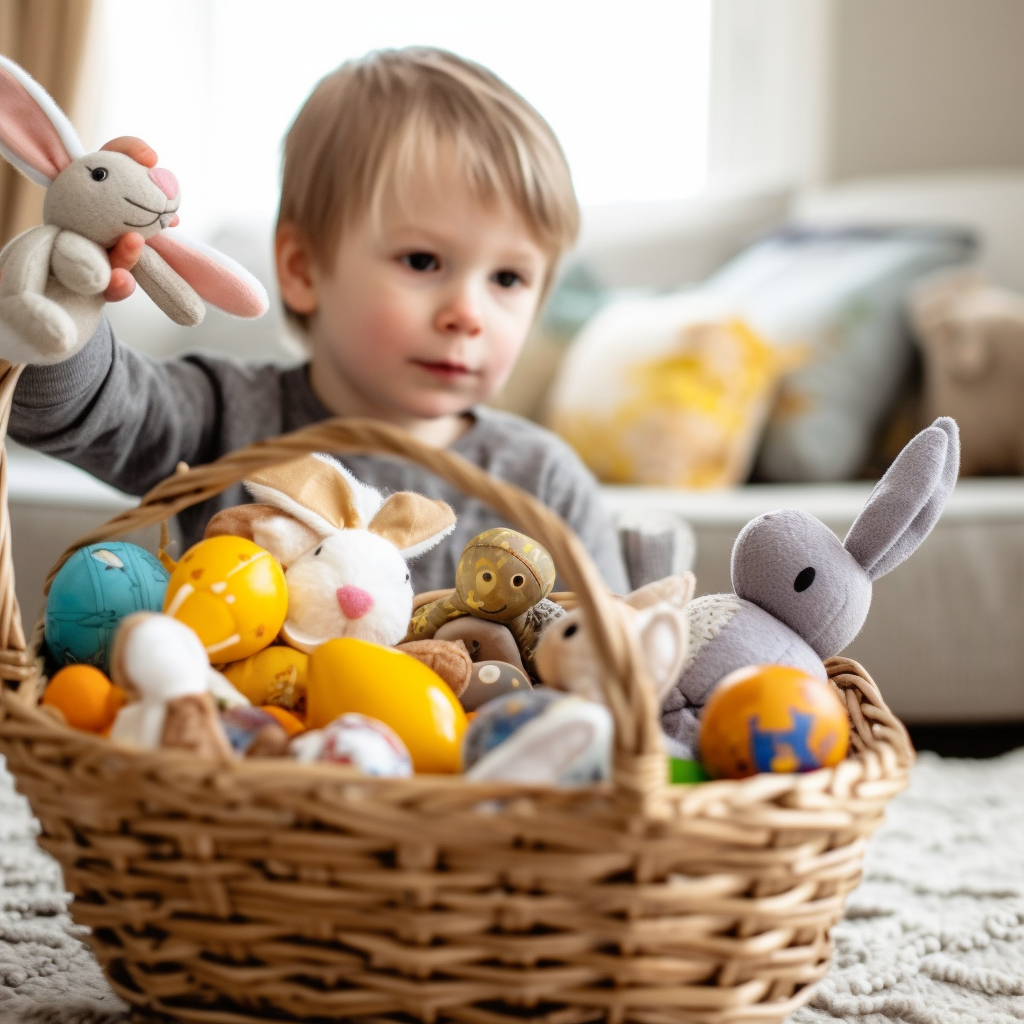
Explaining the Easter Bunny to a 2-year-old can be a fun and engaging experience. Keep the explanation simple and age-appropriate, focusing on the holiday’s basic concepts and excitement. Here’s one way to explain the Easter Bunny:
“The Easter Bunny is a special, friendly bunny who loves to bring happiness to children. Every year, when it’s Easter time, the Easter Bunny visits and hides colorful eggs and fun surprises for children to find. We can have fun searching for these hidden treasures in the house or garden. Remember, the Easter Bunny is just pretend, but it’s a fun story we can enjoy together during Easter.”
Using simple language, emphasize the joy and excitement of the holiday and the activities you’ll be doing together, such as coloring eggs or participating in an Easter egg hunt. Going into detail about the history or origins of the Easter Bunny is unnecessary, as these concepts are likely too complex for a 2-year-old to understand.
What is in a toddler’s Easter basket?

The contents of a toddler’s Easter basket can vary depending on their age, interests, and family preferences. Here are some common items that parents often include in Easter baskets for toddlers:
- Stuffed animals: Soft and cuddly stuffed animals, such as bunnies or chicks, are popular for Easkets.
- Books: Age-appropriate books that feature Easter or springtime themes can be a great addition to a toddler’s Easter basket.
- Art supplies: Crayons, coloring books, stickers, and other art supplies can provide hours of creative fun for toddlers.
- Small toys: Small toys like cars, puzzles, or action figures can be a fun and exciting surprise for toddlers.
- Snacks: Easter-themed snacks like jelly beans, chocolate eggs, or bunny-shaped crackers can be a tasty addition to a toddler’s basket.
- Outdoor toys: With warmer weather on the horizon, outdoor toys such as bubbles, sidewalk chalk, or jump ropes can be great options for toddlers to enjoy outside.
What do you put in a 2 month old Easter basket?

While giving a 2-month-old an Easter basket is unnecessary, you can still include some items that are safe and appropriate for their age. Here are some ideas:
- Soft and cuddly stuffed animals: A small, plush bunny or chick can be a cute and comforting addition to a baby’s Easter basket.
- Rattles: Soft rattles or teethers can provide a tactile experience and help develop hand-eye coordination.
- Pacifiers: If your baby uses a pacifier, you can include a few new ones in their Easter basket.
- Onesies or bibs: Practical items like onesies or bibs with Easter or springtime designs can be useful and festive.
- Baby-friendly snacks: If your baby has started eating solid foods, you can include some baby-friendly snacks like puffs or teething biscuits.
Remember to choose safe, non-toxic, and age-appropriate toys for your baby. Avoid any small objects or things that could pose a choking hazard.
What are Easter snacks for 2 year olds?
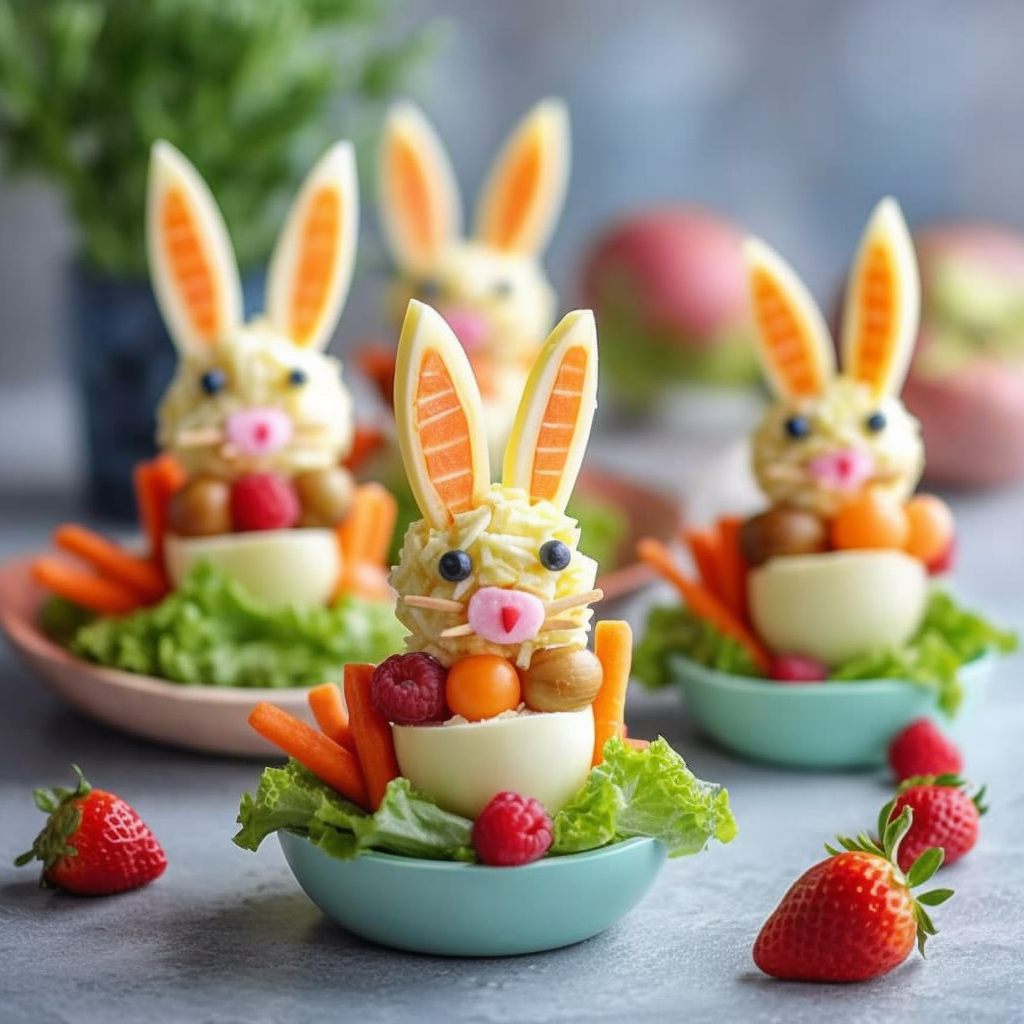
Regarding Easter snacks for 2-year-olds, it’s important to choose fun and nutritious options. Here are some ideas:
- Fruit skewers: Cut some fresh fruit, such as strawberries, pineapple, and cantaloupe, and thread them onto skewers for a colorful and healthy snack.
- Deviled eggs: Hard-boiled eggs cut in half, with the yolks mixed with mayonnaise, mustard, and other seasonings, can make a tasty and protein-rich snack for toddlers.
- Bunny crackers: Use bunny-shaped cookie cutters to cut out shapes from whole-grain crackers and serve them with some cheese or hummus for dipping.
- Yogurt cups: Plain yogurt with fresh fruit or honey can be a nutritious and tasty snack for 2-year-olds.
- Carrot sticks: Carrots are a classic Easter food, making a great snack for toddlers. Cut them into bars and serve them with a dip, like a ranch or hummus.
- Rice cakes with nut butter: Rice cakes topped with nut butter like peanut or almond butter can be a filling and delicious snack for toddlers.
How to do Easter for a 2 year old?
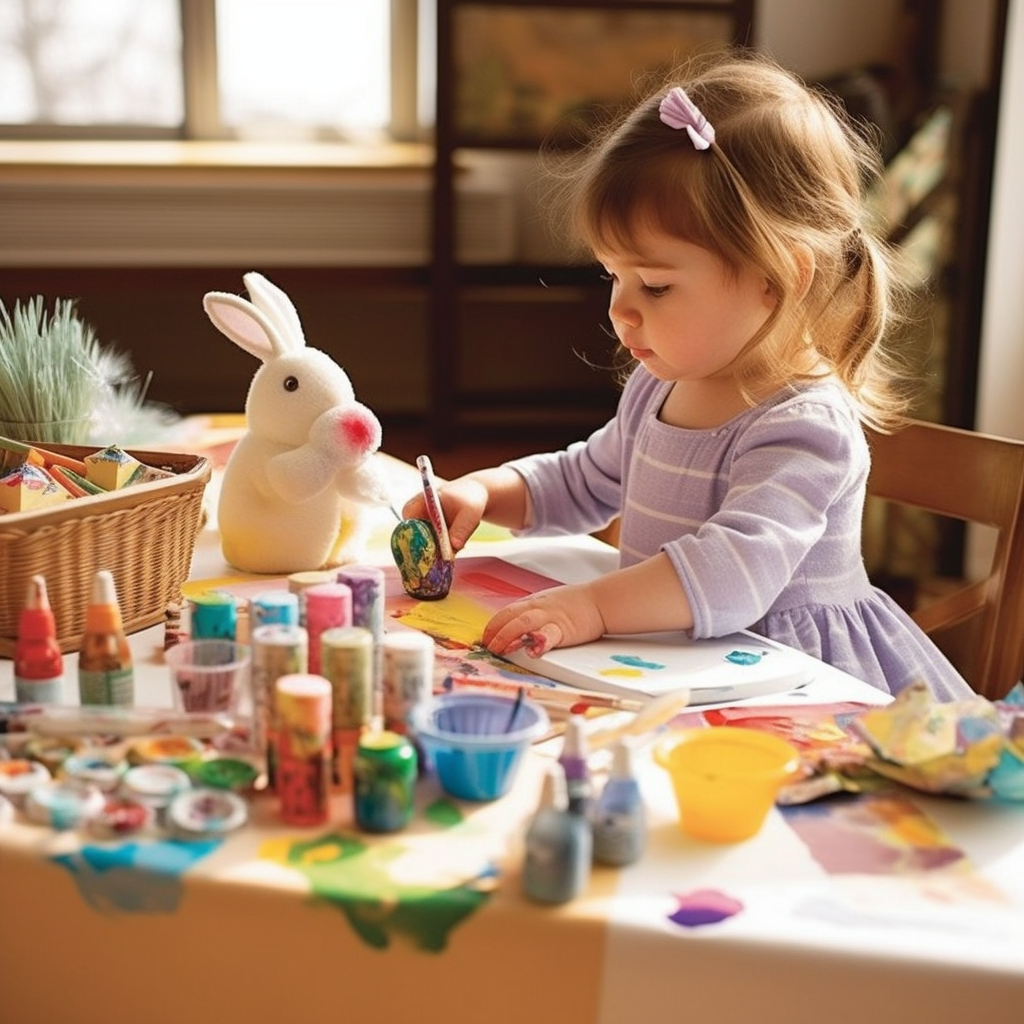
Easter can be a fun and exciting time for 2-year-olds, filled with many learning and play opportunities. Here are some ideas for how to do Easter for a 2-year-old:
- Easter egg hunt: Hide plastic eggs filled with treats, small toys, or stickers around the house or yard for your child to find. You can also use a special basket for them to collect the eggs.
- Easter crafts: Toddlers love to get creative, so set up a crafting station with Easter-themed supplies such as construction paper, stickers, and washable paints. You can also make your Easter eggs by coloring hard-boiled eggs with food.
- Easter books: Read Easter-themed books with your child, such as “The Tale of Peter Rabbit” or “The Story of the Easter Bunny.” You can also check out seasonal books from your local library or bookstore.
- Easter-themed snacks: Make special Easter snacks with your child, such as bunny-shaped sandwiches or carrot sticks with dip. You can also decorate cupcakes or cookies together.
- Visit the Easter Bunny: Take your child to see the Easter Bunny at a local mall or community event. Many places offer photo opportunities with the Easter Bunny, which can be a fun keepsake for your child.
What to get kids for Easter besides candy?

Here are some additional creative and non-candy Easter gift ideas for kids:
- Planting kit: Give kids a chance to grow their flowers or vegetables with a planting kit that includes seeds, soil, and small pots.
- Science experiments: Encourage learning and discovery with a science experiment kit that lets kids explore and experiment with different scientific concepts.
- Craft kits: Provide kids with a craft kit with supplies to make Easter-themed crafts like paper mache eggs, painted rocks, or felted animals.
- Music instruments: Inspire creativity and a love for music with a small instrument such as a ukulele, harmonica, or tambourine.
- DIY Kits: DIY kits such as jewelry making or soap making can be a fun and educational gift for kids to make their creations.
Where do you hide Easter eggs for toddlers?

- Indoors: Hide eggs in easy-to-find spots around the house, such as behind curtains, under pillows, or on low shelves.
- Outdoors: If you have a safe, fenced-in yard, hide eggs in places that are visible and easy to reach for your toddler, such as on top of the grass or in low bushes.
- Specific locations: Hide eggs in places familiar to your toddler, such as in their playroom, on their high chair tray, or in their toy box.
- Group eggs: Create small groups in the same location to help your toddler spot them more easily, such as a cluster of eggs on a windowsill or under a chair.
- Use brightly-colored eggs: Use brightly-colored or patterned eggs that are easy to spot and stand out against their surroundings.
How much should you spend on an Easter basket?
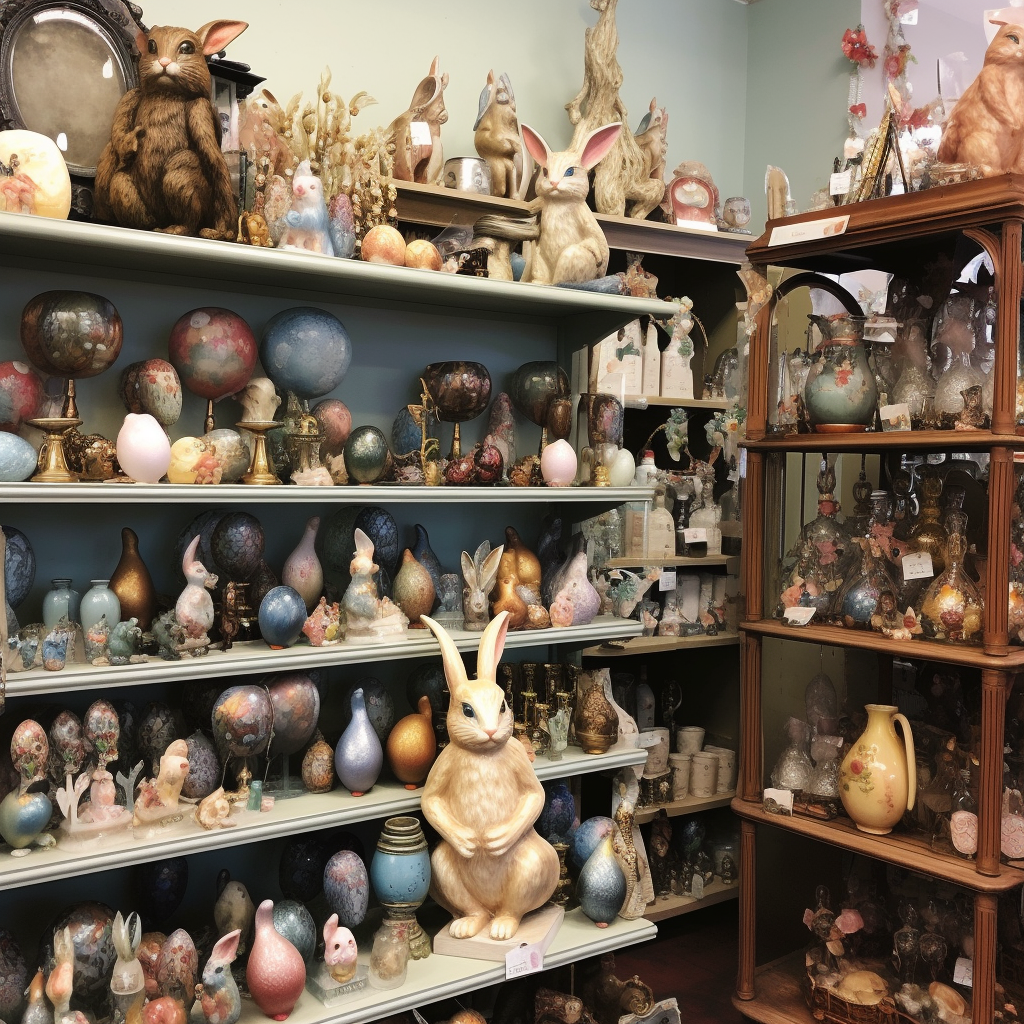
According to a survey by the National Retail Federation and Prosper Insights & Analytics, consumers plan to spend an average of $179.70 on Easter in general, which is the highest figure on record. However, this amount includes not just Easter baskets but also gifts, food, and candy. The survey found that consumers plan to spend an average of $31.06 on gifts (up from $27.91 in 2020), $52.50 on food (up from $51.76), and $25.22 on candy (up from $23.30).
The amount you should spend on an Easter basket can vary depending on your budget, preferences, and the recipient’s age and interests. For those looking to purchase Easter-related items, 48 percent will shop at discount stores, 35 percent will visit department stores, 35 percent will make purchases online, 23 percent will go to a specialty store, and 23 percent will go to a small business or local store.
The key is to spend an amount that feels comfortable for you and that you think will create a thoughtful and enjoyable Easter basket for the recipient. Remember that the focus should be on the thought and effort to create a memorable and delightful experience rather than the amount spent.
You may also be interested:
- Three-Some Fun: Birthday Theme Ideas For Your 3-Year-Old
- 10 Farm-Themed Birthday Cake Ideas For Your Little Farmer
- Enchanting Harry Potter Themed Baby Shower Ideas
What age do you stop Easter baskets?
Some families may continue exchanging Easter baskets well into adulthood, while others might stop when children reach their teenage years or even earlier.
As children grow older, the contents of the Easter basket can be adjusted to suit their changing interests and needs. For example, you could include age-appropriate books, gadgets, gift cards, or self-care items for teenagers or young adults.
The key is to maintain the spirit of the tradition and celebrate the holiday in a way that is enjoyable and meaningful for everyone involved. If your family still appreciates and enjoys exchanging Easter baskets, feel free to continue the tradition, regardless of age.
What is the most common Easter basket items?
- Chocolate Easter eggs and bunnies
- Marshmallow Peeps
- Jelly beans
- Stuffed animals, such as chicks or bunnies
- Small toys, such as puzzles or coloring books
- Easter-themed books or movies
- Bubble wands or other outdoor toys
- Decorated Easter eggs or egg decorating kits
- Springtime clothing or accessories, such as hats or sunglasses
- Gift cards or money
What age do kids stop believing in Easter bunny?
Generally, children question the existence of fictional characters like the Easter Bunny and Santa Claus around 7 or 8 years old. This is when they may start noticing inconsistencies in the stories they’ve been told or hear from other children that these characters aren’t real.
However, some children may continue to believe in the Easter Bunny and other fictional characters until later or may even continue to believe in them as adults. It’s important to remember that every child is different, and there is no one “right” age to stop believing in the Easter Bunny or other myths.
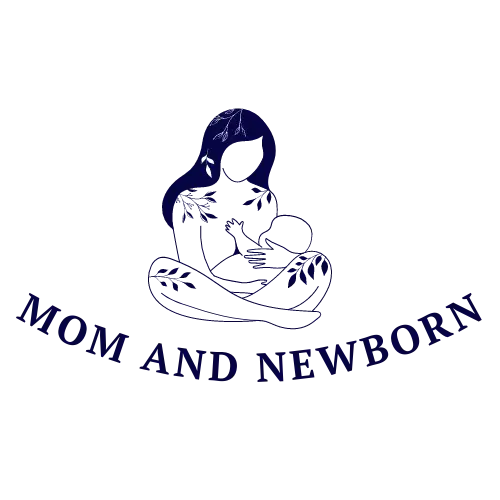
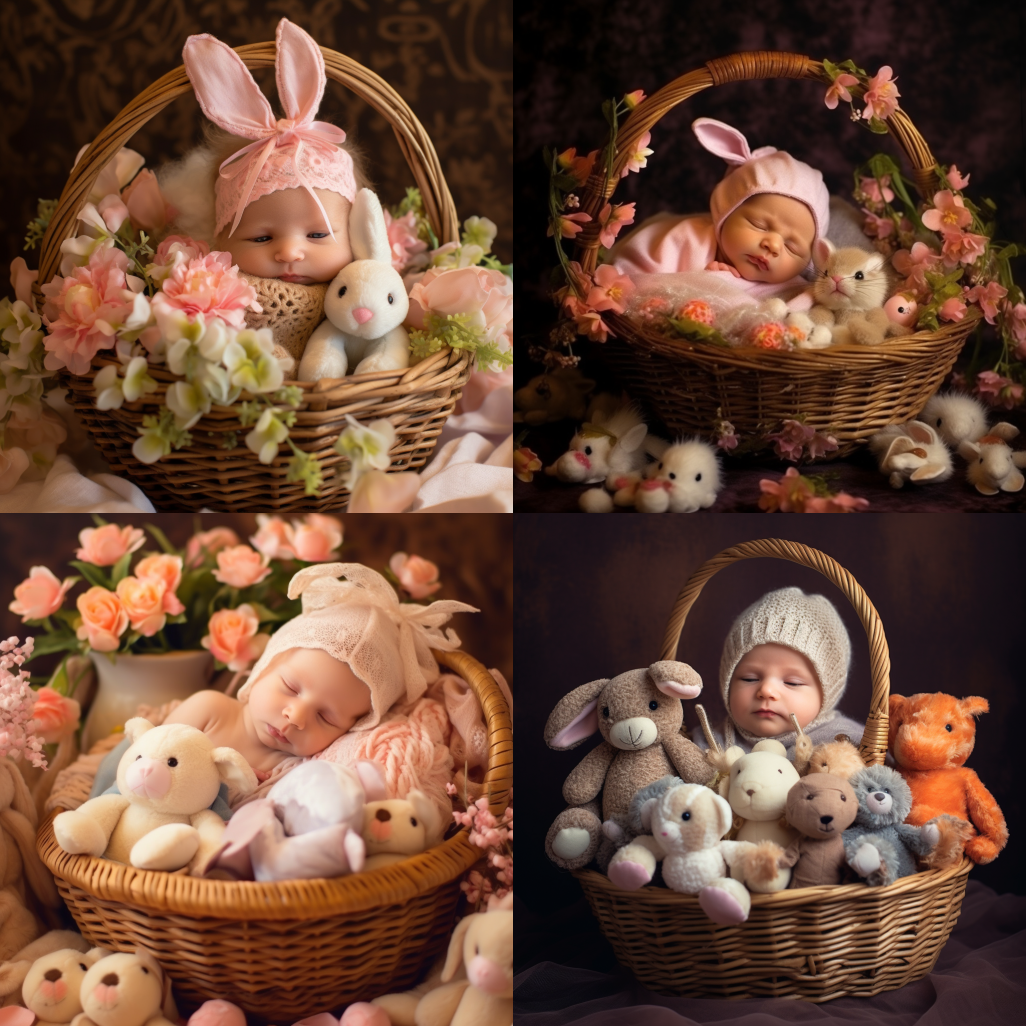
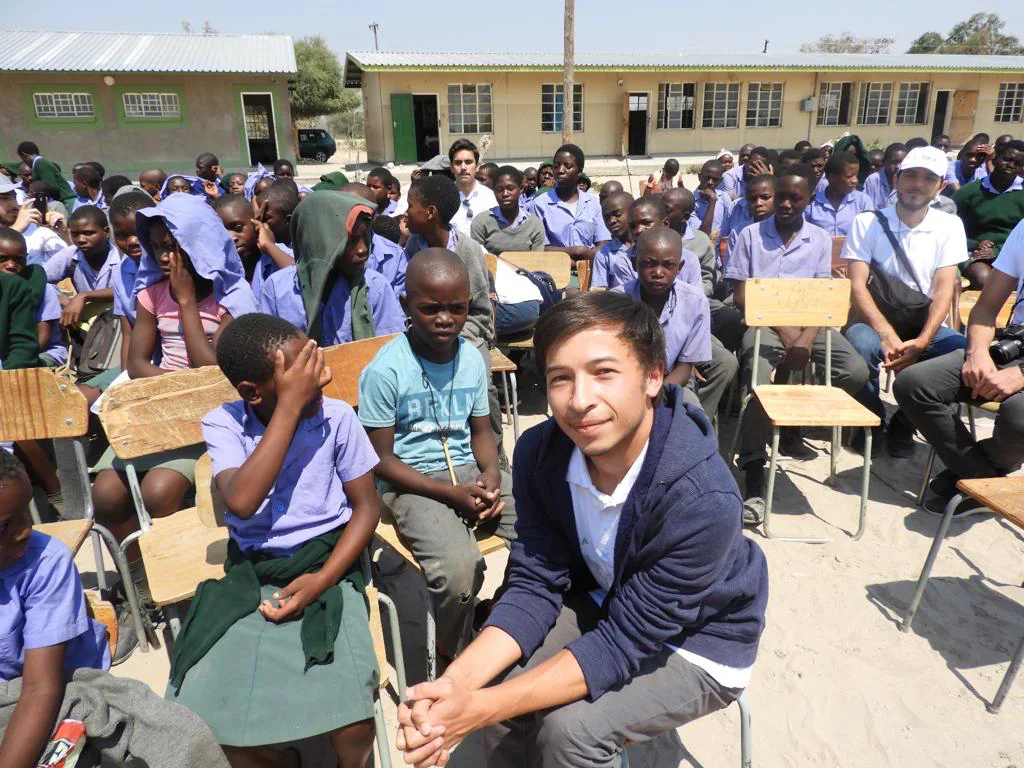
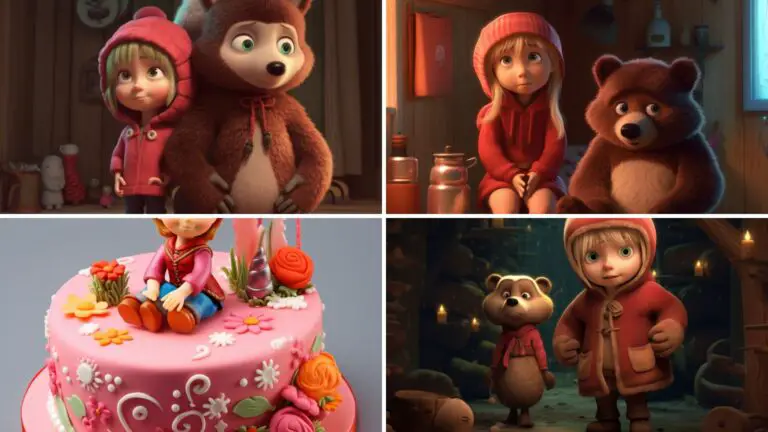
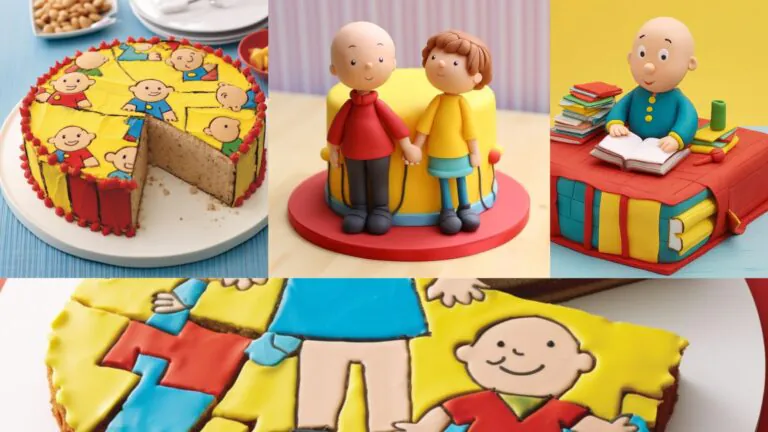
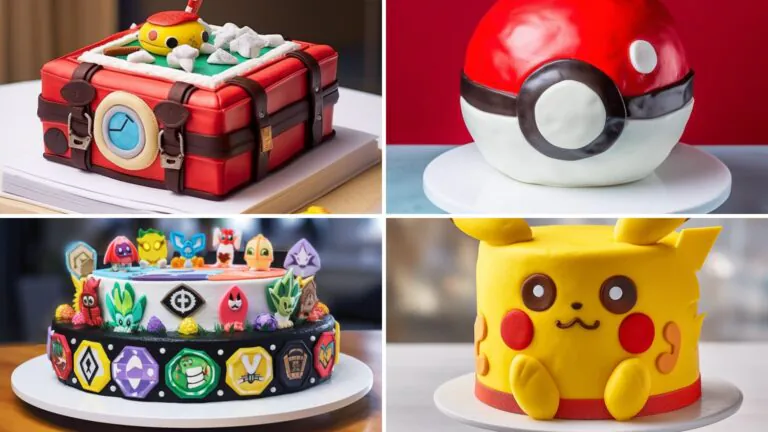
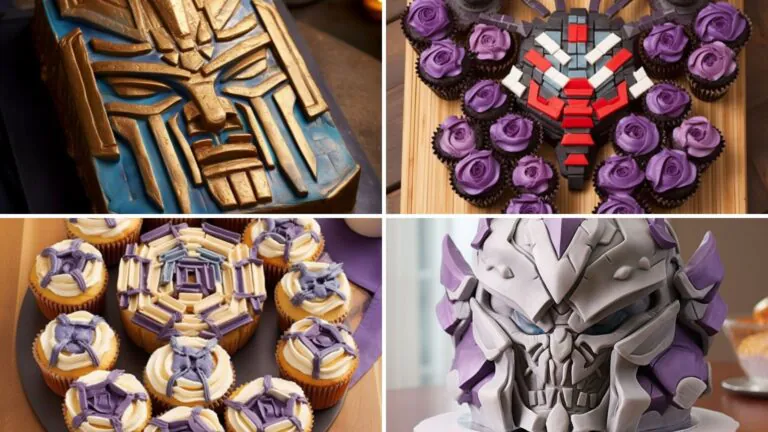
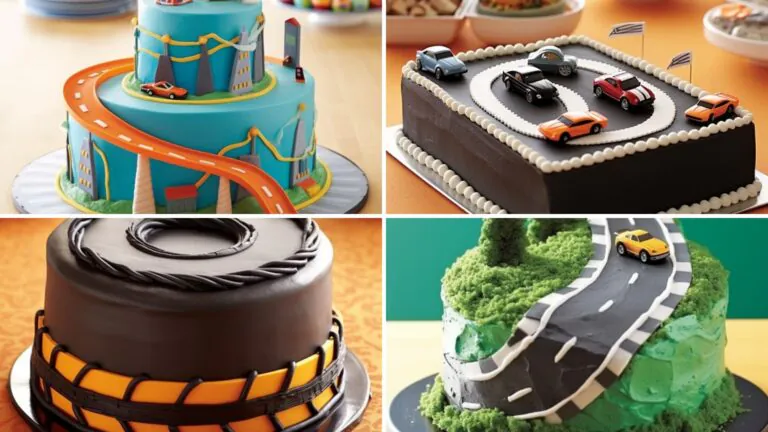
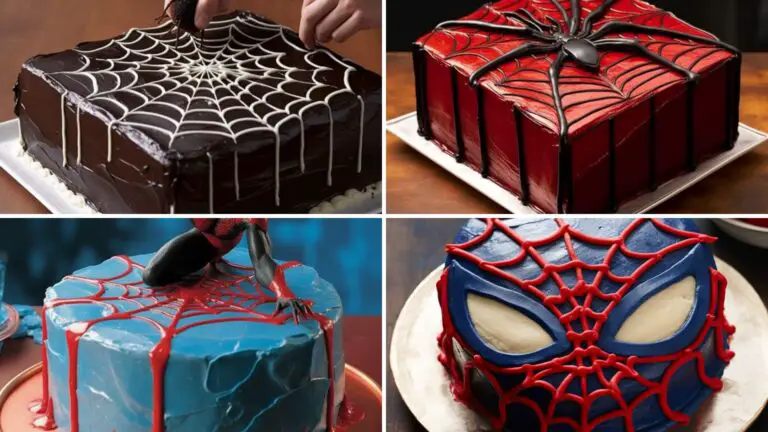
One Comment